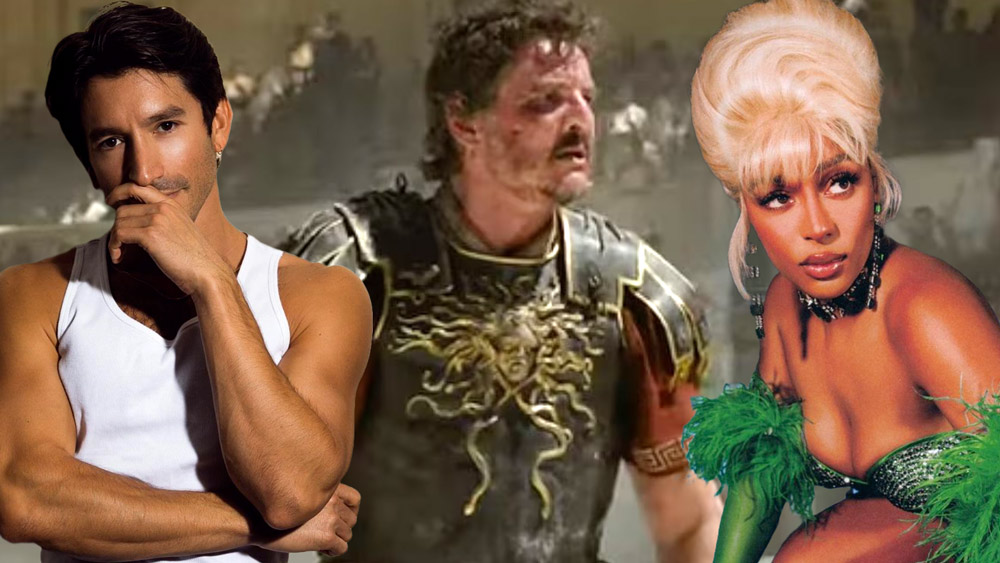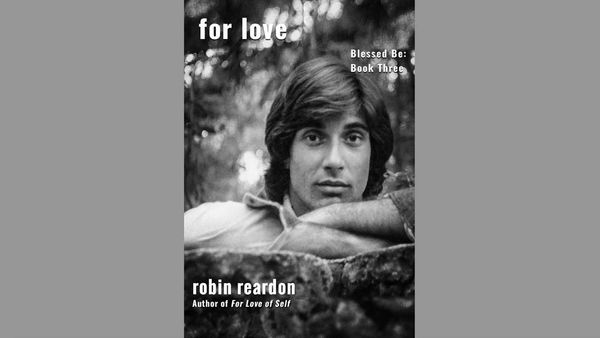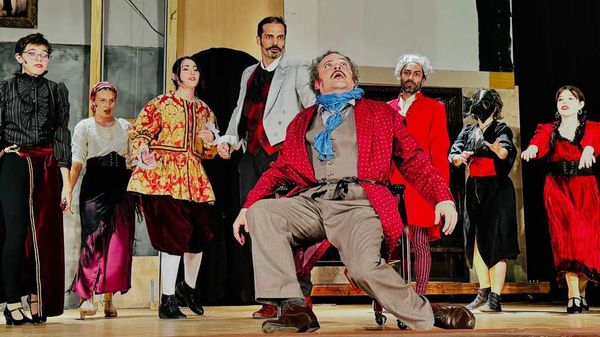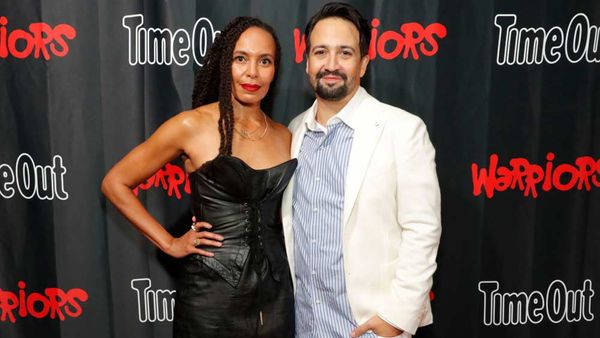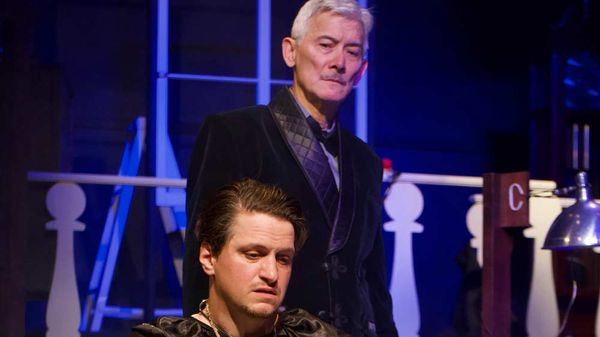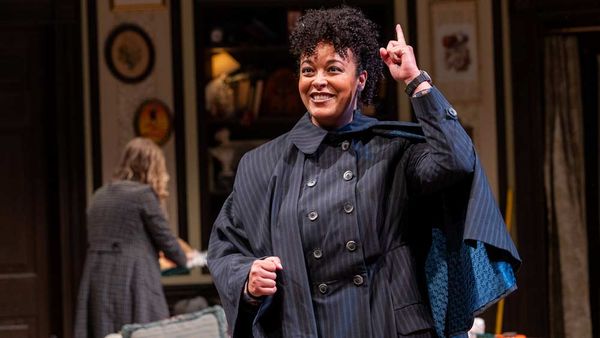November 24, 2015
The Ice Cream Blonde
Phil Hall READ TIME: 3 MIN.
During the late 1920s and early 1930s, Thelma Todd was a ubiquitous presence in Hollywood's comedy features and short subjects. A blonde beauty with a flair for light comedy, she was a memorable presence in films starring opposite the top funnymen of the era: Laurel and Hardy, the Marx Brothers, Wheeler and Woolsey, Joe E. Brown, Charley Chase, Jimmy Durante and Buster Keaton. Todd also enjoyed center stage in a series of inventive comic shorts that paired her opposite ZaSu Pitts and, later, with Patsy Kelly.
Today, however, Todd is mostly recalled for the mysterious circumstances surrounding her untimely death. Although the coroner declared the cause of her demise to be an accident, gruesome theories persist that she either killed herself or was murdered by unsavory characters that dominated her off-screen life.
Todd's life and death has already been the subject of a salacious biography - Andy Edmonds' 1991 offering "Hot Toddy" - and, mercifully, Michelle Morgan's new biography presents the subject with a greater degree of maturity and sobriety.
The 19-year-old Todd came to Hollywood in 1925 after winning the Miss Massachusetts beauty pageant. A decorative presence in silent films, her talent became more obvious when talking pictures revealed her flair for delivering wisecracking dialogue. She was quickly typecast as the comic vamp and turned up in roles that combined rapid-fire dialogue and broad physical comedy. Todd was eager to show her worth as a dramatic star, but opportunities were few - in an odd move, she appeared in the 1931 dramatic feature "Corsair" under the name Alison Loyd, hoping that the new moniker would distance her from the comic "Thelma Todd" persona. (It didn't.)
Off-screen, Todd was a generous and sincere person that freely gave of her time and attention to anyone in need. Her popularity in the Hollywood community encouraged her to open a caf� in 1934 that quickly attracted filmdom's elite. But this establishment also brought Todd into contact with sketchy characters that were eager to take control of her successful business.
On December 16, 1935, Todd was found dead in her car inside the garage of her lover and business partner, Roland West. Her death was determined to have been caused by accidental carbon monoxide poisoning created when Todd's ran the car's engine in the closed garage, presumably to warm herself in the cold vehicle. But theories that West or mob figures killed her circulated for years, and another conspiratorial strain insists that a supposedly despondent Todd killed herself. Morgan offers no conclusive explanation on what actually happened, but she does a fine job in detailing the circumstances that led to the discovery of Todd's body and the tumult that followed her death.
If the book has a fault, it would be the lack of insight on Todd's relationship with her celebrated co-stars. No detail is given to her collaborations with the Marx Brothers and Buster Keaton, and her relationship with Laurel and Hardy is only vaguely sketched out.
Still, Morgan manages to rescue Todd's reputation from a Hollywood Babylon-style scandal by recalling a remarkable performer whose brief life resulted in many classic screen moments. This is a well-researched and invigorating celebration of a talent that does not deserve to be forgotten.
The Ice Cream Blonde: The Whirlwind Life and Mysterious Death of Screwball Comedienne Thelma Todd
By Michelle Morgan
$26.95, 288 pages
Chicago Review Press
www.chicagoreviewpress.com
Phil Hall is the author of "The Greatest Bad Movies of All Time
